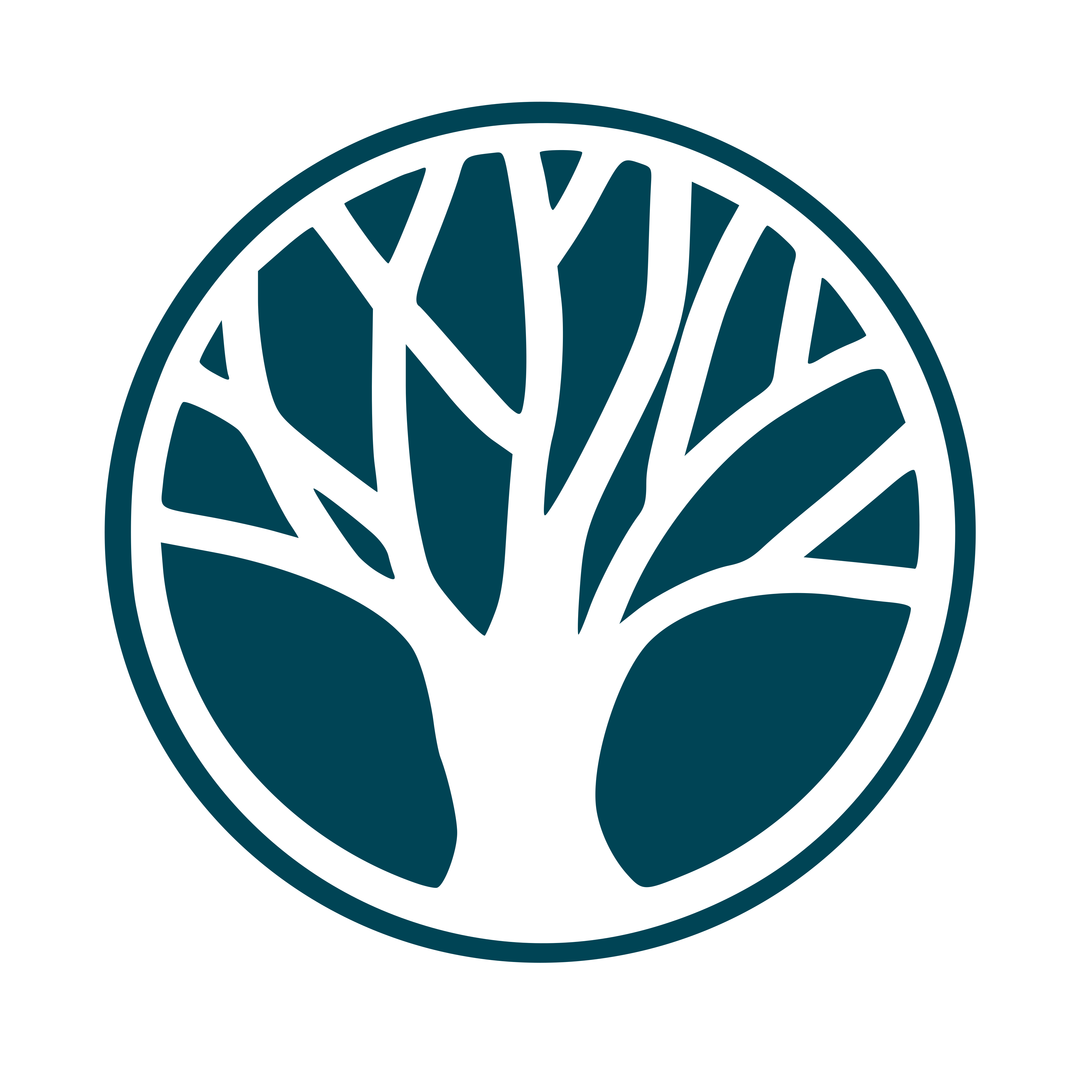Canadian Centre for Child Protection
An excellent resource for materials to share with children, classes and workshops.
All available free online to order on their website.
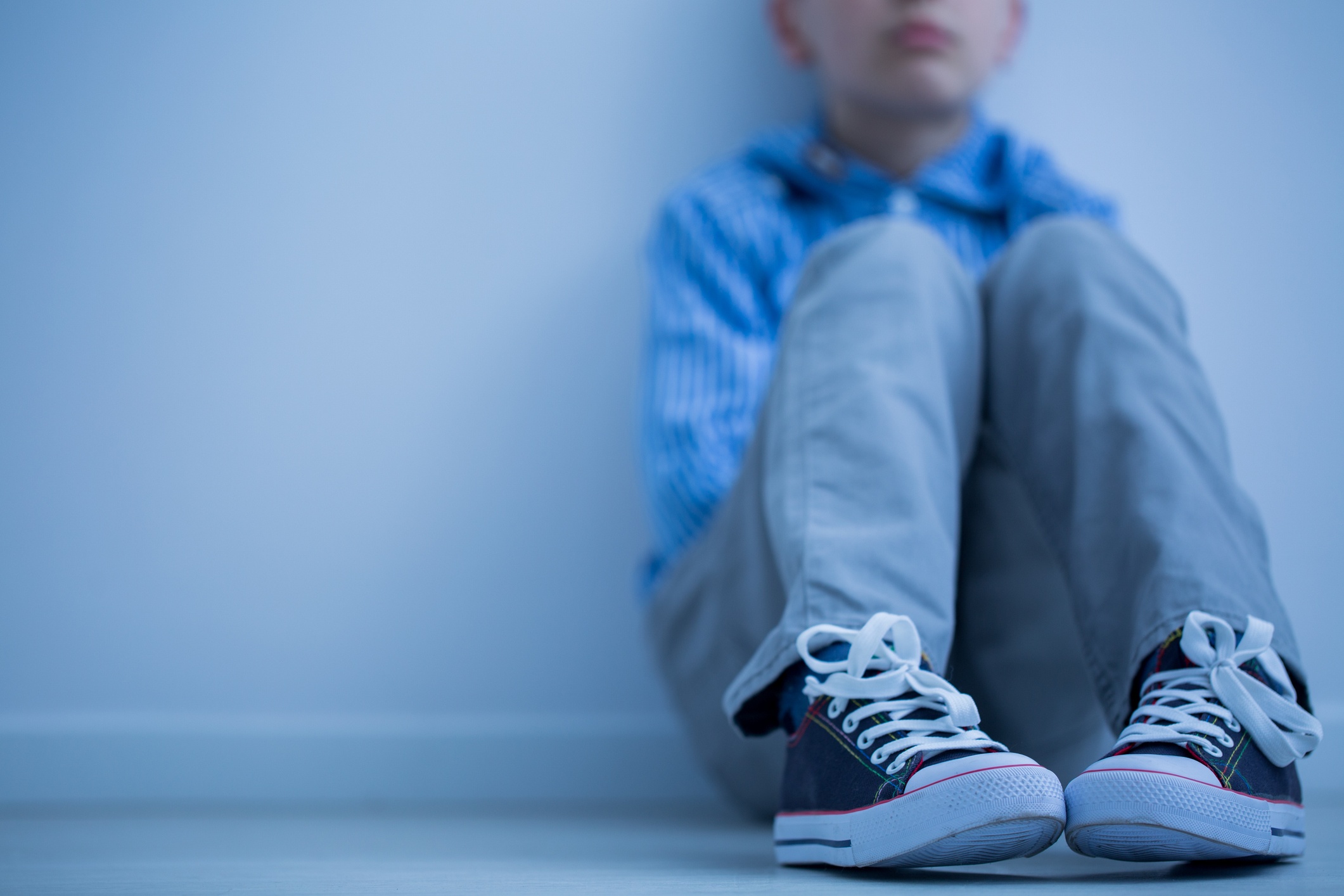
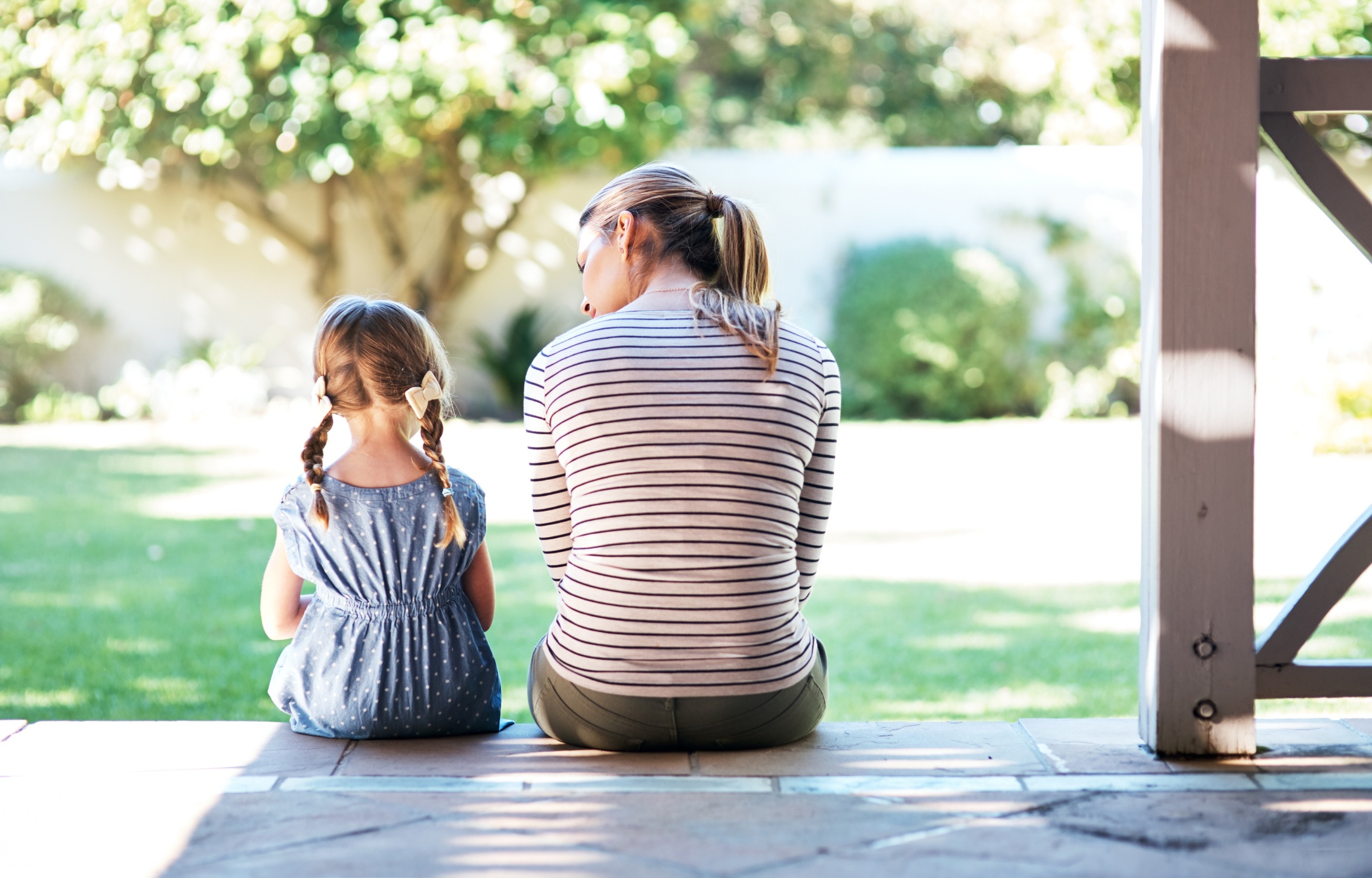
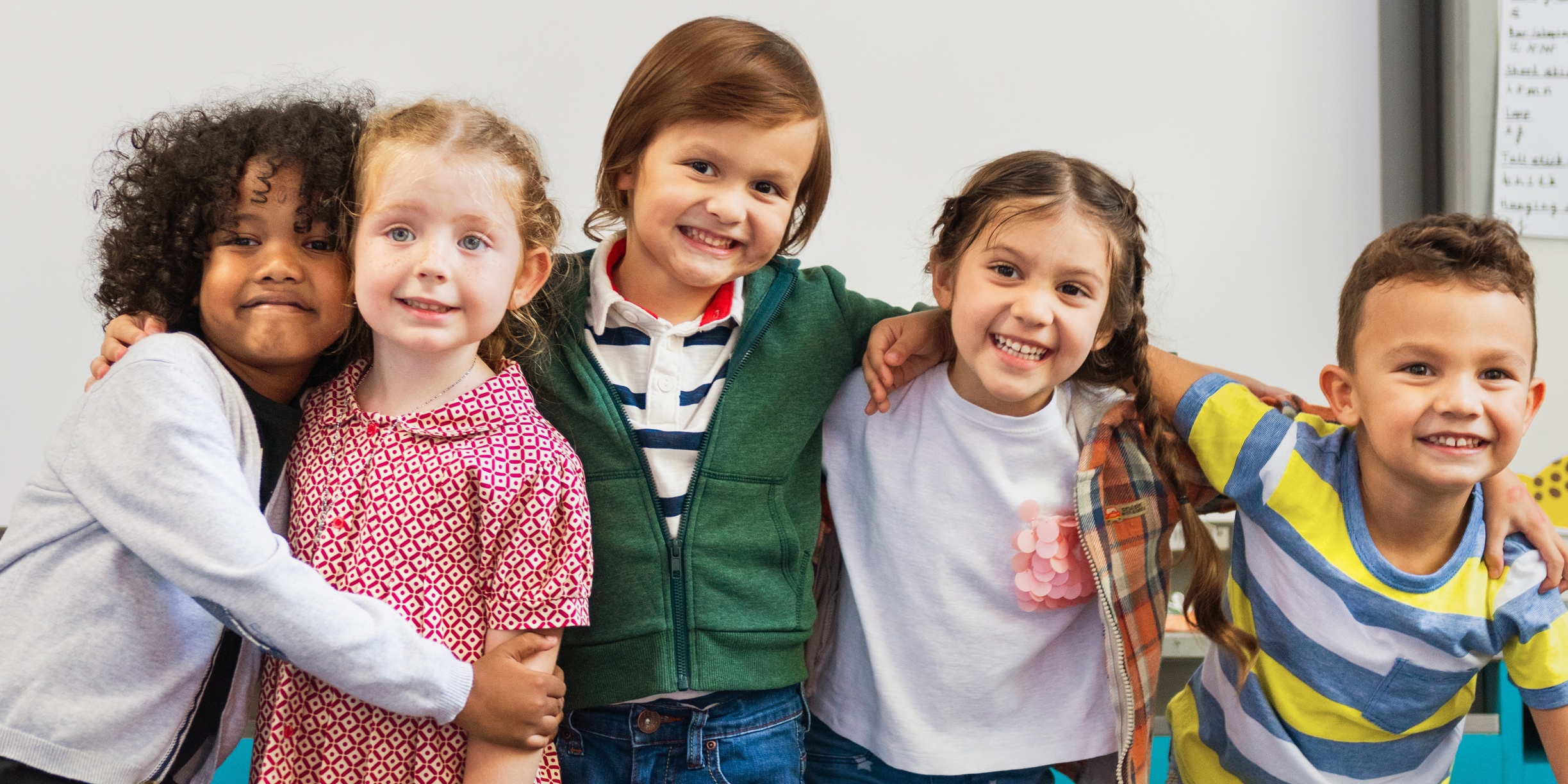
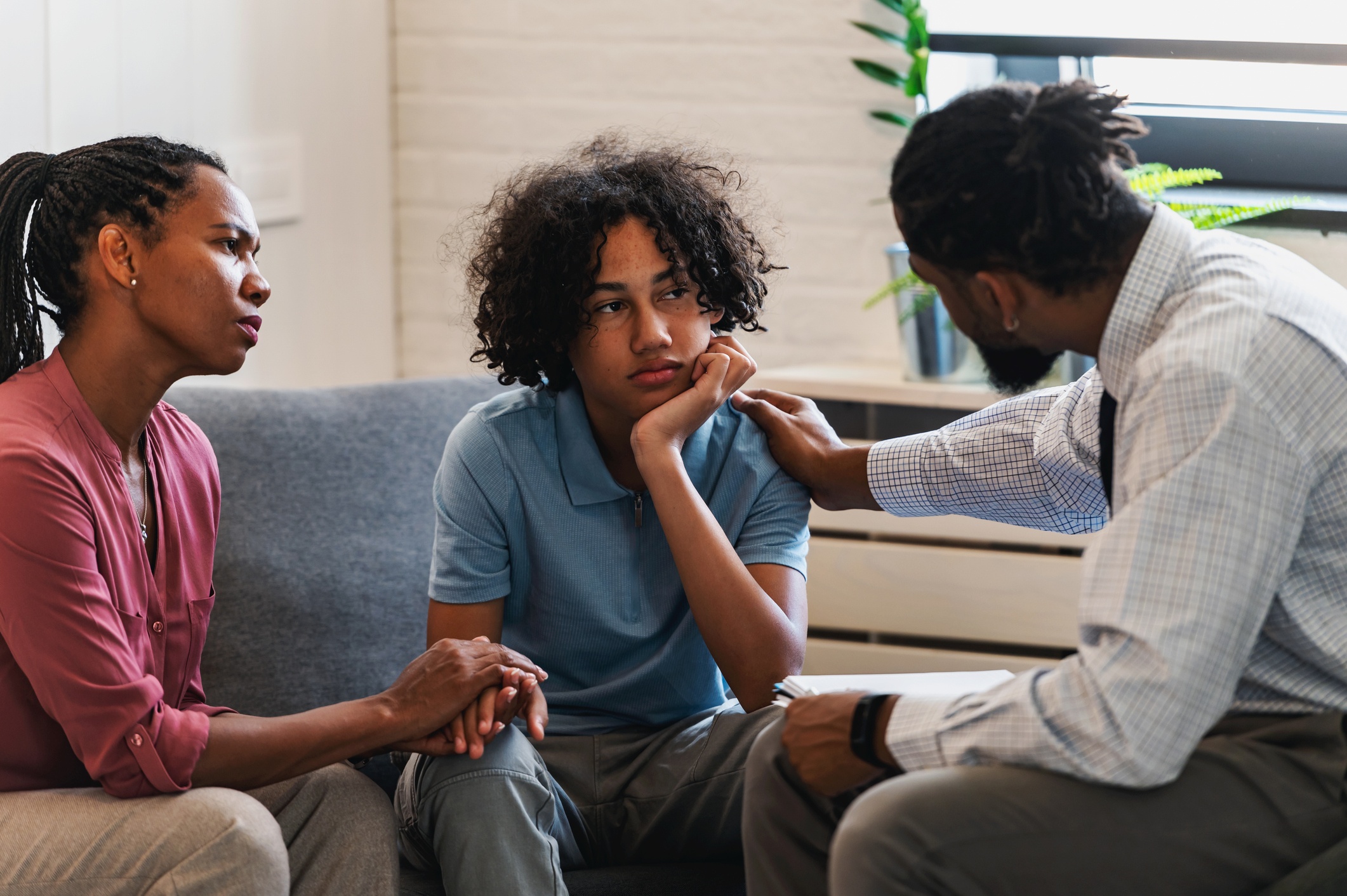
An excellent resource for materials to share with children, classes and workshops.
All available free online to order on their website.
There has been much said about what is in the Ontario Health and Phys. Ed. curriculum.
It is available online by grade.
Little Warriors is a national, charitable organization focused on the awareness, prevention and treatment of child sexual abuse. They also advocate on behalf of and with child sexual abuse survivors.

Child sexual abuse includes a range of behaviours, from obvious contact offences, such a sexual touching, to the less obvious non-contact offences, such as those listed below. It is important to note that children can experience sexual abuse and harm without a contact offence occurring. (2) A child cannot consent to any form of sexual activity, period. When a perpetrator engages with a child this way, they are committing a crime that can have lasting effects on the victim for years. (4)
What is Non-Contact Sexual Abuse?
Non-touching behaviors when an abuser does not make physical contact with a child.
Asking sexual questions or making sexual comments to a child.
Voyeurism (ie: secretly watching or recording a child’s private activities)
Inviting a child to sexually touch herself/himself or another person.
Exposing a child to pornography or sexual acts.
Exposing genitals to a child.
Exhibitionism, or exposing oneself to a minor
Masturbation in the presence of a minor or forcing the minor to masturbate
Obscene conversations, phone calls, text messages, or digital interaction
Owning or sharing pornographic images or movies of children
What is Contact Sexual Abuse?
Contact abuse happens when an abuser makes physical contact with a child.
With or without force sexual touching of any part of a child’s body, where they are clothed or not.
Using a body part or object to rape or penetrate a child
Coercing or forcing a child to take part in sexual activities
Fondling
Intercourse
Sex of any kind with a minor, including vaginal, oral, or anal
Sex trafficking
Any other contact of a sexual nature that involves a minor
Producing pornographic images or movies of children
Sexual offences are among the most underreported crimes in Canada. (2)
Between 30 and 40 per cent of sexual assault victims are abused by a family member. (3)
Non-parental relatives – 35%
Friends and peers – 15%
Stepfathers – 13%
Biological fathers – 9%
Other acquaintances – 9%
Boyfriend/girlfriend of biological parent – 5%
Biological mothers – 5%
Approximately 20% of the victims of sexual abuse are under the age of eight. (Broward County)
A typical pedophile will commit 117 sexual crimes in a lifetime. (National Sex Offenders Registry)
More than 90% of individuals with a developmental delay or disability will be sexually assaulted at least once in their lifetime. (Valenti-Heim, D.m Schwartz L.)
Most sexual abuse happens to children between the ages of 7 and 13 (U.S. Department of Justice)
1 in 5 children are solicited sexually while on the Internet before the age of 18.(National Children’s Alliance: Nationwide Child Abuse Statistics)
95% of sexual abuse is preventable through education. (Child Molestation Research and Prevention Institute)
Child sexual abuse isn’t always easy to spot and some survivors may not exhibit obvious warning signs. The perpetrator could be someone the child has known for a long time or trusts, which may make it even harder to notice. Consider some of the following common warning signs: (4)
Bleeding, bruises, or swelling in genital area
Bloody, torn, or stained underclothes
Difficulty walking or sitting
Frequent urinary or yeast infections
Pain, itching, or burning in genital area
Changes in hygiene, such as refusing to bathe or bathing excessively
Develops phobias
Exhibits signs of depression or post-traumatic stress disorder
Expresses suicidal thoughts, especially in adolescents
Has trouble in school, such as absences or drops in grades
Inappropriate sexual knowledge or behaviors
Nightmares or bed-wetting
Overly protective and concerned for siblings, or assumes a caretaker role
Returns to regressive behaviors, such as thumb sucking
Runs away from home or school
Shrinks away or seems threatened by physical contact
Acting more mature than peers
Someone is trying to normalize sex around child
Someone treating a child older than they are
Secret keeping
Repeated use of poor judgment when interacting with children
Normalizing or minimizing inappropriate interactions with children
Distorting relationships with children (ie: using children to meet their own emotional needs)
Frequently initiating or creating opportunities to have exclusive time alone with a child (or certain children)
Making others feel uncomfortable by ignoring social, emotional, or physical boundaries or limits with children
Refusing to let a child set his/her own limits (ie: may use teasing or belittling language to keep a child from setting limits)
Excessive touching, hugging, kissing, tickling, wrestling with or holding a child
Frequently making sexual references to telling sexual or suggestive jokes with a child present
Exposing children to adult sexual interactions without apparent concern
Encouraging children to behave sexually towards each other
Giving special attention or favouritism to certain children
Displaying preferences for children of a certain age or gender
Grooming is a method used by sexual offenders to gain access to children for sexual abuse purposes. It is often a slow, gradual and escalating process of building trust and comfort with a child and the adults around the child. (2)
Individuals abuse their positions of trust and authority with children. (Commit to Kids)
Usually know the child
Are often well liked by those in the community
Come from all walks of life
Cannot be picked out or identified by their appearance or character traits as a perpetrator
The purpose of grooming is to:
Manipulate the perception of the people so they believe the person is safe with the child
Desensitize a child and normalize inappropriate behaviour
Increase the compliance of the child
Reduce the likelihood of a disclosure
Reduce the likelihood of the child being believed if s/he discloses
Examples of grooming behvaviour may include:14 (https://www.schools.vic.gov.au/child-sexual-exploitation-and-grooming)
Asking a child to keep secrets. The secrets usually start small like a treat or breaking a small rule.
giving gifts or special attention to a child or young person, or their parent or carer, making the child or young person feel special or indebted to an adult
making close physical contact sexual, such as inappropriate tickling and wrestling or play fighting
openly or pretending to accidentally expose the victim to nudity, sexual material and sexual acts (this in itself is classified as child sexual abuse but can also be a precursor to physical sexual assault)
controlling a child or young person through threats, force or use of authority making the child or young person fearful to report unwanted behaviour.
Possible long term psychological effects of sexual abuse: (5)
PTSD
Depression
Anxiety
Substance abuse
Eating disorders
Suicide
Risky sexual behaviour
Trust issues
Fear of intimacy
Unstable relationships
High divorce rates
Re-victimization
Heart disease
Cancer
Diabetes
Obesity
STI
Teen pregnancy
How to Support a Child During a Disclosure:
Listen
Coming forward to disclose takes a lot of courage on behalf of a child. There are fears she/he won’t be believed or of an adult reaction. Listen attentively and avoid sharing your own stories or experiences. If the child feels they are being judged or not believed, or you have a reaction that overwhelms her/him, she/he is likely to shut down and stop the disclosure.
Praise for Telling
A child will often believe she/he is responsible for the abuse. Assure the child that it is not her/his fault and that she/he did the right thing by telling you.
Privacy
Respect the child’s need for privacy and confidentiality. Make sure other children are not around to hear the child’s disclosure. Only adults who will be directly involved in taking action should be present.
Take it Seriously
Let the child know that you take her/his disclosure seriously. Make the child feel as safe as possible by using a calm voice and manage your own reaction to the disclosure. Make sure to follow up with the child and the process.
the signs of abuse
children may not know their rights and what constitutes abuse
your duty to report is initiated when you have reasonable grounds to suspect that a child is or may be in need of protection.
the duty to report is ongoing, which means that if you have made a report about a child and suspect further abuse or neglect, you must report to the CAS again.
the act of making a report is, by nature, stressful. Make sure to seek the support you need while respecting the privacy of the victim.
A child in need of protection is one who is or who appears to be suffering from abuse and/or neglect, who may demonstrate this through actions, spoken word, artistic drawings or other means.
A referral should be made when abuse or neglect is suspected in a household where children under the age of 16 may reside.
Even if you’ve reported previously, be aware that you may need to report again.
When reporting:
know the number of your local child protection agency ahead of time. In some communities, you can dial 411 and ask for a children’s aid society or family and children’s services
check the Ontario Association of Children’s Aid Societies’ website at www.oacas.org for your local children’s aid society
make and keep accurate and factual notes that lead you to suspect child abuse or neglect. Store these notes in a secure place as they may be required at a later date.
where possible, have family information available such as names, addresses, dates of birth, and other children in the household when making the call to a children’s aid society.
remember that abuse and neglect shared in confidence is still subject to your duty to report.
1: Department of Justice Canada, “Backgrounder - Sexual Offending Against Children and Youth” February 2013)
2. “Commit to Kids Guide for Parents” Canadian Centre for Child Protection, 2016
3. Source: Canadian Incidence Study (CIS) of Reported Child Abuse and Neglect – 2003: Major Findings Minister of Public Works and Government Services Canada. 2005. (pg.52)
4. https://www.rainn.org/articles/child-sexual-abuse
6. https://www.cdc.gov/violenceprevention/childsexualabuse/fastfact.html
7. https://www.nationalchildrensalliance.org/media-room/national-statistics-on-child-abuse/
8. Broward County www.broward.org
9. National Sex Offenders Registry https://www.registeredoffenderslist.org/default.htm
10. Valenti-Hein, D., & Schwartz, L. (1995). The sexual abuse interview for those with developmental disabilities. James Stanfield Company. Santa Barbara: California.
11. National Center for Victims of Crime https://victimsofcrime.org/child-sexual-abuse-statistics/#:~:text=Over%20the%20course%20of%20their,ages%20of%207%20and%2013.
12. https://www.nationalchildrensalliance.org/media-room/national-statistics-on-child-abuse/
13. https://w ww.childmolestationprevention.org/tell-others-the-facts
14. https://www.schools.vic.gov.au/child-sexual-exploitation-and-grooming
15. https://www.oct.ca/resources/advisories/duty-to-report
16. ProtectKidsOnline.ca
17.https://www.ontario.ca/document/health-and-physical-education-grades-1-8/human-development-and-sexual-health-education-grade
18. My First Safety Book - Canadian Centre for Child Protection
